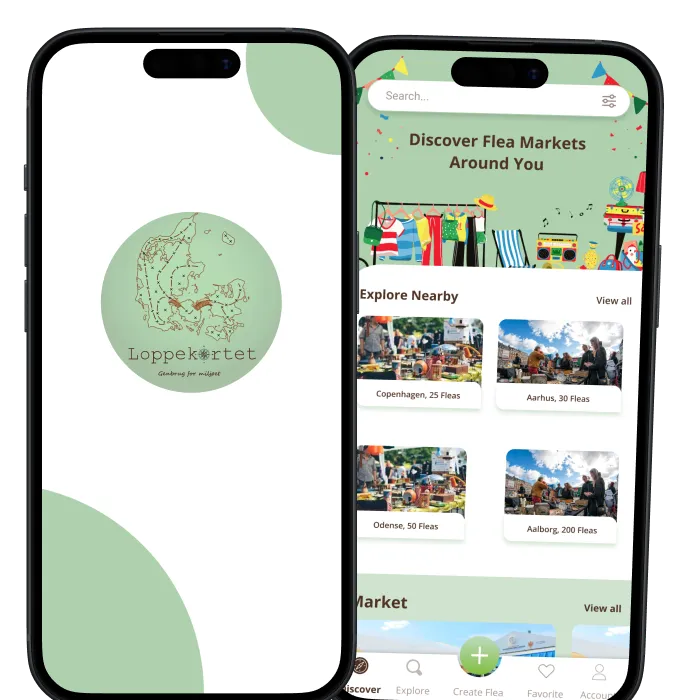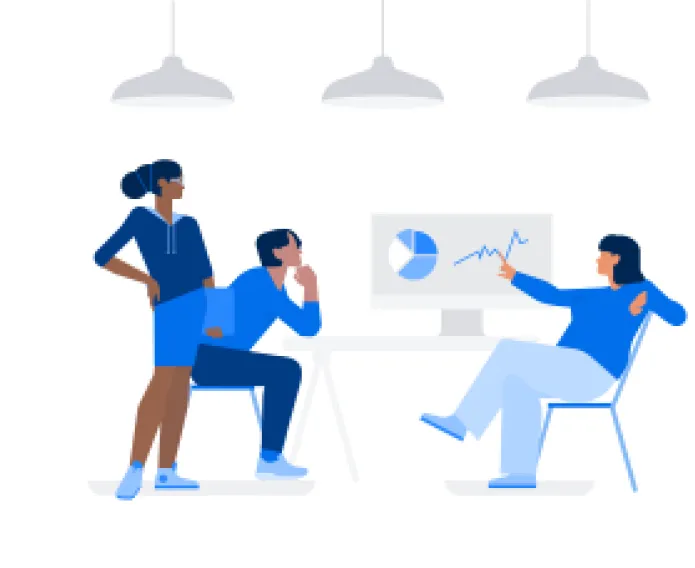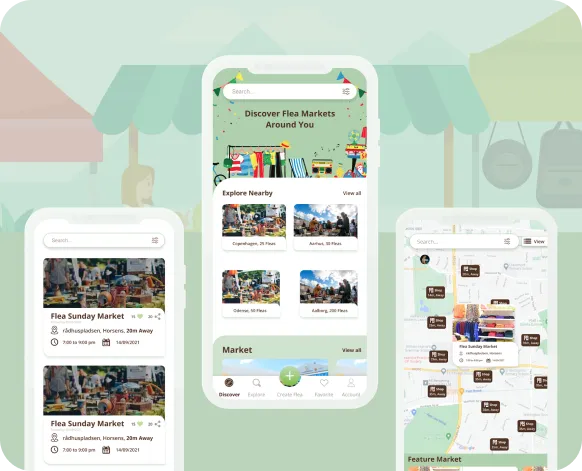
Loppekortet
The Ultimate App for Flea Markets and Secondhand Shopping

Search for nearby flea markets, thrift stores, or recycling hubs.
View detailed information about second-hand markets in one place.
Connect with sellers and buyers for vintage and second-hand goods.
Strategize shopping trips without depending on signs or social media.

Create one interface that has a list of flea markets, thrift stores, and recycling depots.
This takes it further to create an easy-to-be-carried card-based system that would enable users to locate events and places around them in an easy manner.
Make it easy for both the buyers and the sellers to interact with the system through listing or finding second hand products.
Integrating data from various sources can create consistency issues and disrupt the user experience.
Balancing ease of use for both buyers and sellers is complex and requires constant refinement.
Building a lasting recycling and sustainability culture faces resistance and requires ongoing community engagement.


We developed a robust back-end system that aggregated data from multiple sources, including user submissions and existing event listings, ensuring the app had fresh information regarding all relevant markets and stores.
We equipped the app with a dual interface. On one end, it is easy to look for events for a buyer and on the other end, the ease of listing markets or stores for sellers. Hence, even with its card-based layout, it is simplistically intuitive in every way so that all the users can find it easy to get into the app.
We made the app work towards the re-use of items by making it easy for the user to find and participate in recycling, flea markets, and second-hand shopping. The eco-friendly way of shopping is brought forth by the user interface to encourage users to reduce their footprint on the environment by recycling more and buying less new.
The sellers received more 40% inquires and visits to their listed markets and stores in just the first three months in operation due to the centrality of second-hand market information.
There was a 50% change in user ability to access local markets and stores compared to earlier means such as social media and physical signs.
Loppekortet has made second-hand markets easily accessible, and therefore more users take longer to shop second-hand, in alignment with the final aim of reducing the amount of waste and unnecessary production.





